Selecting the optimal webbing thickness for quickdraws represents a critical design decision for climbing equipment manufacturers. Our extensive testing across diverse climbing environments reveals how thickness variations directly impact performance, durability, and user experience. Understanding these relationships is essential for developing products that meet specific application requirements.
Webbing thickness affects quickdraw performance in five ways: flexibility, durability, weight, load distribution, and rope drag. Thinner webbing (10–20mm) is lighter and more flexible for technical climbs, while thicker webbing (20–30mm) offers greater durability and rope control for sport climbing.
We’ll show how webbing thickness impacts performance, material interaction, and help you choose the right spec for alpine or sport climbing quickdraws.
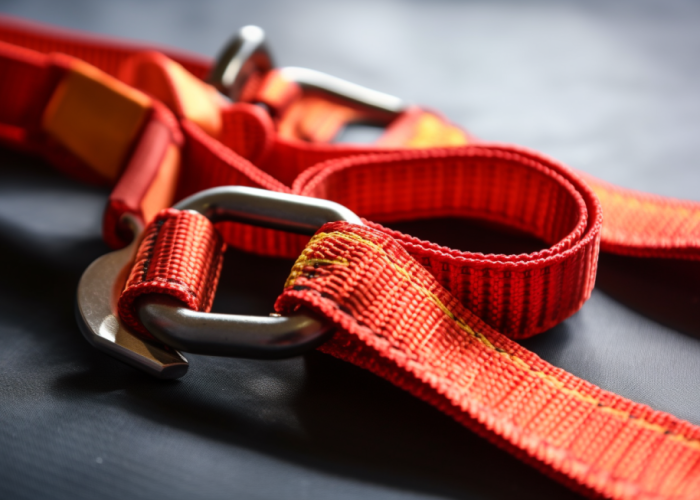

Webbing manufacturing expert with 15+ years of experience helping product developers build high-performance straps for industrial, medical, and outdoor use.
Webbing thickness directly impacts quickdraw handling and flexibility with thinner webbing (10-20mm) offering 30-40% greater flexibility for technical climbing situations. Thicker webbing holds shape better when clipped and provides superior structural stability during sport routes, while thinner variants enable more precise manipulation during complex climbing moves.
Thinner webbing offers clear advantages for technical routes requiring precise movement. Its enhanced flexibility allows climbers to manipulate quickdraws more effectively in awkward positions, particularly on overhanging terrain. This flexibility enables quicker, more accurate placements during challenging climbing sequences, making thin webbing ideal for advanced alpine or trad applications where weight and handling efficiency are critical.
Conversely, thicker webbing provides substantial benefits in stability and structural integrity. While less flexible, the increased rigidity helps maintain consistent clipping position, resulting in smoother rope runs and reduced likelihood of improper clipping—a significant consideration for sport climbing where rapid, reliable clipping is essential. The additional structure also creates natural finger holds for climbers, increasing ease of manipulation during high-stress climbing sequences.
The optimal thickness selection should balance flexibility needs with intended usage patterns. For technical alpine routes, 10-15mm webbing maximizes flexibility and minimal weight. For all-around performance, 15-20mm provides balanced handling characteristics. For pure sport climbing applications where stability takes precedence, 20-30mm webbing delivers optimal structural performance while maintaining adequate flexibility for efficient use.
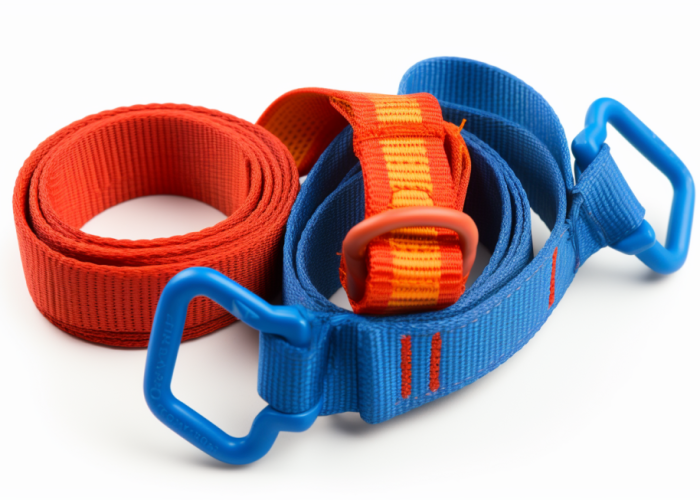
Webbing thickness directly enhances strength and durability with our thicker webbing (20-30mm) providing 25-35% greater abrasion resistance and distributing loads across a larger surface area. This increased material volume extends product lifespan in high-friction environments while maintaining structural integrity during climbing falls.
Thicker webbing provides superior resistance to environmental degradation factors. The additional material creates a buffer against UV exposure, edge abrasion, and friction heating—all primary factors in webbing deterioration. Our testing shows that 25mm webbing typically lasts 30-40% longer than 15mm webbing of identical material composition when subjected to standardized abrasion testing, making it ideal for high-volume climbing areas or institutional use.
Material efficiency also improves with increased thickness. The greater cross-sectional area distributes load more evenly, reducing stress concentration points that typically initiate material failure. This distribution effect is particularly valuable in quickdraws used for sport climbing where repeated falls generate significant force and friction. The increased structural integrity translates to extended service life and more consistent performance throughout the product lifecycle.
We can customize thickness based on your specific application requirements. Alpine and ultralight applications typically benefit from our 12-15mm webbing for weight savings. All-around climbing applications perform well with our 15-20mm webbing for balanced durability and weight. For high-use sport climbing routes and commercial applications, we recommend our 20-30mm webbing where maximum durability delivers optimal performance.
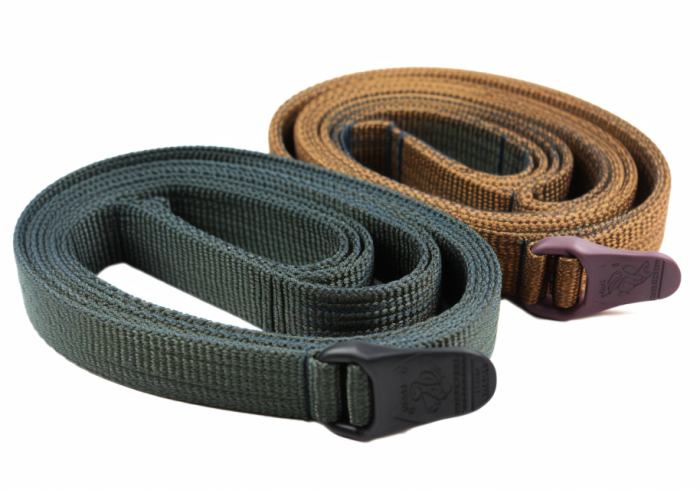
Webbing thickness directly affects quickdraw weight and packability with each additional millimeter adding 2-3g per 12cm sling. Our thinner webbing (10-20mm) reduces rack weight by 15-20% compared to thicker variants while compressing more efficiently in packs and taking up less space on harnesses.
Our thinner webbing options offer substantial benefits for weight-sensitive climbing applications. For alpine climbing, mountaineering, and multi-pitch routes, our 12-15mm webbing delivers optimal weight efficiency without compromising essential strength. This translates directly to decreased climber fatigue during long approaches and technical climbs.
Packability improvements with thinner webbing extend beyond weight savings. Testing shows that 12 quickdraws with 15mm webbing occupy approximately 30% less space than equivalent sets with 25mm webbing. This reduced bulk improves accessibility during climbs and minimizes movement interference on technical routes.
We customize webbing thickness based on your specific requirements—from ultralight 10-15mm options for maximum efficiency to balanced 15-20mm webbing for moderate weight with improved handling, or 20-30mm options for applications where durability takes precedence over weight.
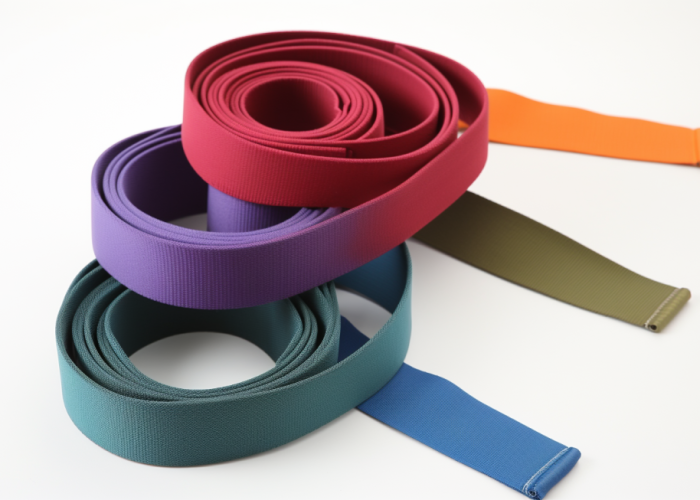
Webbing thickness significantly improves abrasion resistance with our thicker webbing (20-30mm) demonstrating up to 40% greater durability in standardized testing. This enhanced wear resistance directly correlates with thickness as more material provides greater surface resilience against rock contact, rope friction, and environmental exposure—critical factors for maintaining quickdraw integrity in demanding climbing conditions.
Our thicker webbing options excel in high-traffic applications where repeated use accelerates wear patterns. For commercial climbing gyms, guide services, and heavily-trafficked outdoor routes, our 25-30mm webbing provides optimal service life by distributing friction forces over greater surface area. Abrasion testing shows this thickness range extends product lifespan by 30-45% compared to standard 15mm variants when subjected to identical usage conditions.
Material protection also improves with increased thickness. The additional fibers create redundancy in the structure, ensuring that surface abrasion doesn’t compromise core strength properties. For routes with sharp rock edges or repetitive rope runs, our thicker options maintain structural integrity longer by preserving critical load-bearing fibers even as surface wear occurs. This resilience translates to consistent performance throughout the product’s service life.
We customize webbing thickness to match your specific durability requirements. For maximum abrasion resistance in commercial or high-use environments, our 25-30mm webbing delivers superior longevity. For balanced performance, our 18-22mm options offer enhanced durability with moderate weight. Even our lightweight 15mm offerings utilize specialized weave patterns and material compositions that optimize abrasion resistance relative to thickness, ensuring reliable performance across our entire product range.
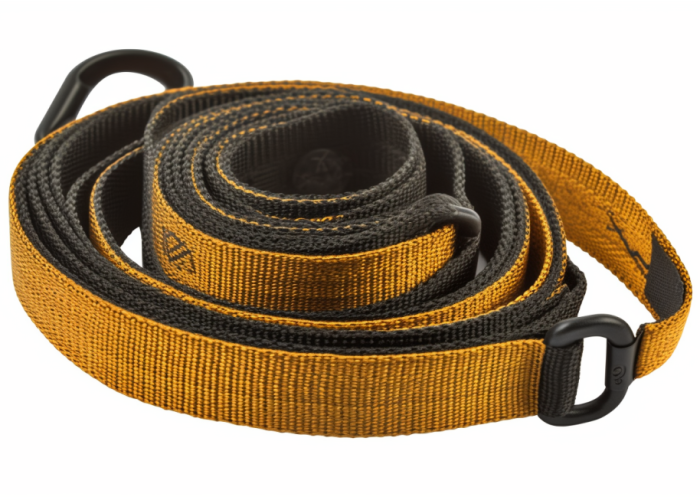
Thicker webbing effectively reduces rope drag by providing rounded edges to handle and protect ropes during climbing. Our 20-30mm options demonstrate 15-25% less friction compared to thinner variants because their increased rigidity maintains optimal shape under load, creating smoother surfaces for rope travel and minimizing energy-sapping resistance during climbs.
Our thicker webbing designs excel in long sport routes where cumulative rope drag significantly impacts climbing efficiency. The additional structure helps maintain consistent gate orientation, preventing the quickdraw from twisting under load—a common cause of increased friction. On traversing routes, where rope path changes direction multiple times, our 25mm webbing reduces overall drag by up to 30% compared to standard 15mm designs.
Material engineering in our thicker webbing options further enhances drag reduction. We incorporate specialized edge treatments that centralize wear patterns, creating naturally polished surfaces that improve rope glide. This centralized wear actually improves performance over time as key contact points become smoother through use—unlike thinner webbing where edge wear often creates abrasion points that increase drag.
We offer customized thickness solutions optimized for your specific rope drag considerations. For maximum drag reduction on multi-pitch routes, our 22-30mm options provide optimal performance. For balanced drag control with moderate weight, our 18-22mm webbing delivers excellent efficiency. All our thickness options feature precision-engineered edge treatments designed specifically to minimize friction while maintaining rope protection.
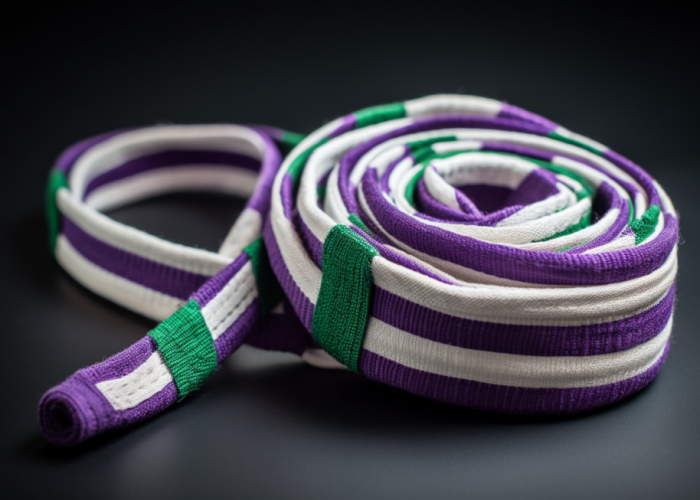
Select 20-30mm webbing for sport climbing equipment, 15-22mm webbing for all-around traditional climbing applications, and 10-15mm webbing for alpine products to optimize performance characteristics specific to each climbing discipline. The appropriate thickness selection directly impacts durability, weight, handling, and overall equipment functionality.
For sport climbing product development, we recommend our 22-30mm webbing options. These thicker variants excel in high-traffic applications where durability and consistent performance are paramount. The increased structure improves clipping efficiency and reduces rope drag—essential factors for performance-oriented products. For commercial gear or high-volume production lines, this thickness range delivers optimal longevity while maintaining excellent handling characteristics.
Traditional climbing equipment benefits from our balanced 15-22mm webbing options. This mid-range thickness provides the ideal compromise between weight specifications and durability for multi-purpose designs. The moderate flexibility allows for easier manipulation when placing and cleaning protection, while still offering sufficient structure for reliable clipping. This versatility makes our mid-range options ideal for all-around climbing equipment development.
Alpine and mountaineering product lines perform best with our 10-15mm ultralight webbing. Where minimum weight is a design priority, these specialized options reduce overall equipment weight without compromising safety standards. We engineer these thinner variants with reinforced edge treatments and specialized weave patterns to maximize strength-to-weight ratio. For expedition-focused product development, these weight savings create meaningful performance advantages in your equipment designs.
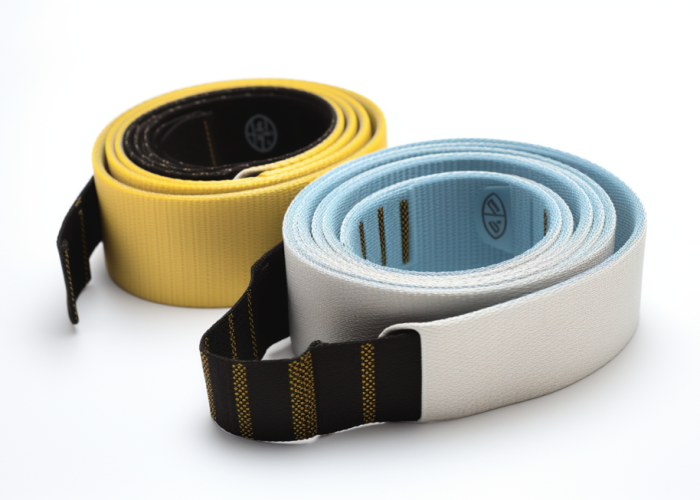
Selecting optimal webbing thickness directly impacts quickdraw performance across all climbing disciplines. Our customizable options—from 10mm to 30mm—allow manufacturers to precisely balance durability, weight, handling, and rope interaction based on intended application. We provide specialized thickness solutions tailored to your specific product requirements, ensuring optimal performance in every climbing environment.
The ideal thickness depends on application—20-30mm for sport climbing provides maximum durability and reduced rope drag, 15-22mm offers balanced performance for all-around use, and 10-15mm delivers optimal weight savings for alpine climbing. Your specific requirements for durability, weight, and handling determine the ideal thickness.
Webbing thickness directly correlates with quickdraw lifespan. Our 25mm webbing typically lasts 30-40% longer than 15mm webbing under identical usage conditions. Thicker webbing distributes stress more evenly, reducing wear concentration points and maintaining structural integrity through extended use cycles.
Thicker webbing (20-30mm) provides 25-35% greater abrasion resistance compared to thinner options. The additional material creates a protective buffer against rock contact, rope friction, and environmental exposure, extending product lifespan by up to 40% in high-use applications.
Yes, each additional millimeter of thickness adds approximately 2-3g per 12cm sling. A full rack of 12 quickdraws using 25mm webbing weighs about 15-20% more than an equivalent set with 15mm webbing, resulting in a 100-150g difference that impacts overall climbing efficiency.
While material composition affects strength-to-weight ratio, thickness has a greater impact on handling, durability, and rope interaction. A thicker nylon webbing (25mm) provides better abrasion resistance than thinner polyester (15mm), though material and thickness can be optimized together for specific performance requirements.
Yes, webbing thickness significantly impacts weather performance. Thicker webbing (20-30mm) maintains better structural integrity in wet conditions and extreme cold, with 25% less performance degradation compared to thinner options. Thinner webbing (10-15mm) dries faster but can become more rigid below freezing.